
In a future that’s a lot more harmonious than the world we’re living in now, a multicultural crew of astronauts from the United States, China, Russia, India and Great Britain embark on a space mission to Mars — an observant Black Jew among them. But other themes in Netflix’s new series “Away” — including isolation and being separated from loved ones — are relatable in any era and take on a particular resonance during these times of social distancing and virtual communication.
Focusing both on the crew and those they left behind on Earth with frequent flashbacks, the 10-part series blends space crises and family drama in equal measure. After a virtual panel discussion with the creators and cast, led by cast member Hilary Swank, the Journal spoke with executive producer, writer and showrunner Jessica Goldberg.
Goldberg said when she read the script by Andrew Hinderaker based on an article by Chris Jones, “I fell in love with this dream about the world coming together for hope, for exploration and science, and a woman who loves her career and her job, but there’s conflict in that. It felt so exciting and fresh.”
As a single mother who left her Los Angeles home to film “Away” in Vancouver, Goldberg said she related to that theme and the isolation factor. They’d just finished shooting when the pandemic broke out, and post-production was done in quarantine. “Some of the stuff in the show, like the way we communicate, became much more resonant. We all more deeply understand what it is to be isolated now,” she said, noting that her daughter is studying for her bat mitzvah with a tutor via Zoom.
In the interest of verisimilitude, the creators turned to NASA experts and astronauts including Mike Massimino, who kept them on a path of plausibility. “We wanted to approach everything as if it could be real,” Goldberg said.
Research showed that many astronauts are agnostic, but the “Away” crew includes botanist Kwesi Weisberg-Abban, who was adopted from Ghana by a British-Jewish mother after his parents were killed. A man of deep faith who is seen praying — in Hebrew — several times, he’s portrayed by Ato Essandoh, who has a recurring role as a Jewish doctor on “Chicago Med.”
“It’s a wild coincidence,” Essandoh, who is of Ghanaian heritage, said, jokingly calling himself an honorary member of the Tribe. “I grew up in upstate New York, and then we moved down to Westchester and most of my friends were Jewish. I remember them bringing me to Hebrew school and teaching me some [prayers]. I could already say ‘Baruch attah Adonai eloheinu,’ he said on the Zoom panel. “I never knew that it was preparing me for my future as the Black Jewish actor on television.”
“The drama [in it] was these richly different racial backgrounds; these people who are on this journey working toward a goal together while having this gravitational pull to Earth … and breaking through these stereotypes to see what connects us all, which is humanity.” — Hilary Swank
Hearing that, Mark Ivanir (“Schindler’s List,” “Homeland”), who was born in the USSR and grew up in Israel, lamented, “I’m still waiting for them to give me [Jewish parts]. Usually, they just let me play Russians.” Ivanir brought a couple of useful skills to his portrayal of Russian cosmonaut Misha Popov: His puppeteering ability is showcased in a scene in which he entertains his grandchildren, and
his background as a circus performer came in handy in training for the scenes in simulated zero gravity. “On the second day I was doing all kinds of backflips,” he said.
Swank elaborated on the tricky process. “We were harnessed by the lower part of our hips and they were acting as a pendulum. We’d squeeze our glutes to move us forward, and then squeeze abs to move us backward, but the whole time we’re squeezing these muscles so tight and trying not to talk funny because of it,” she said. “It takes a lot of effort to make it look effortless.”
Swank’s Emma Green is the mission commander, torn between her commitment to it and her love for the husband (Josh Charles) and daughter (Talitha Bateman) she left behind. “The drama [in it] was these richly different racial backgrounds; these people who are on this journey working toward a goal together while having this gravitational pull to Earth; all of us having these families that made it a love story… and breaking through these stereotypes to see what connects us all, which is humanity,” she said. “That’s one of the big reasons why I wanted to come onboard, not only as an actor but as an executive producer.”
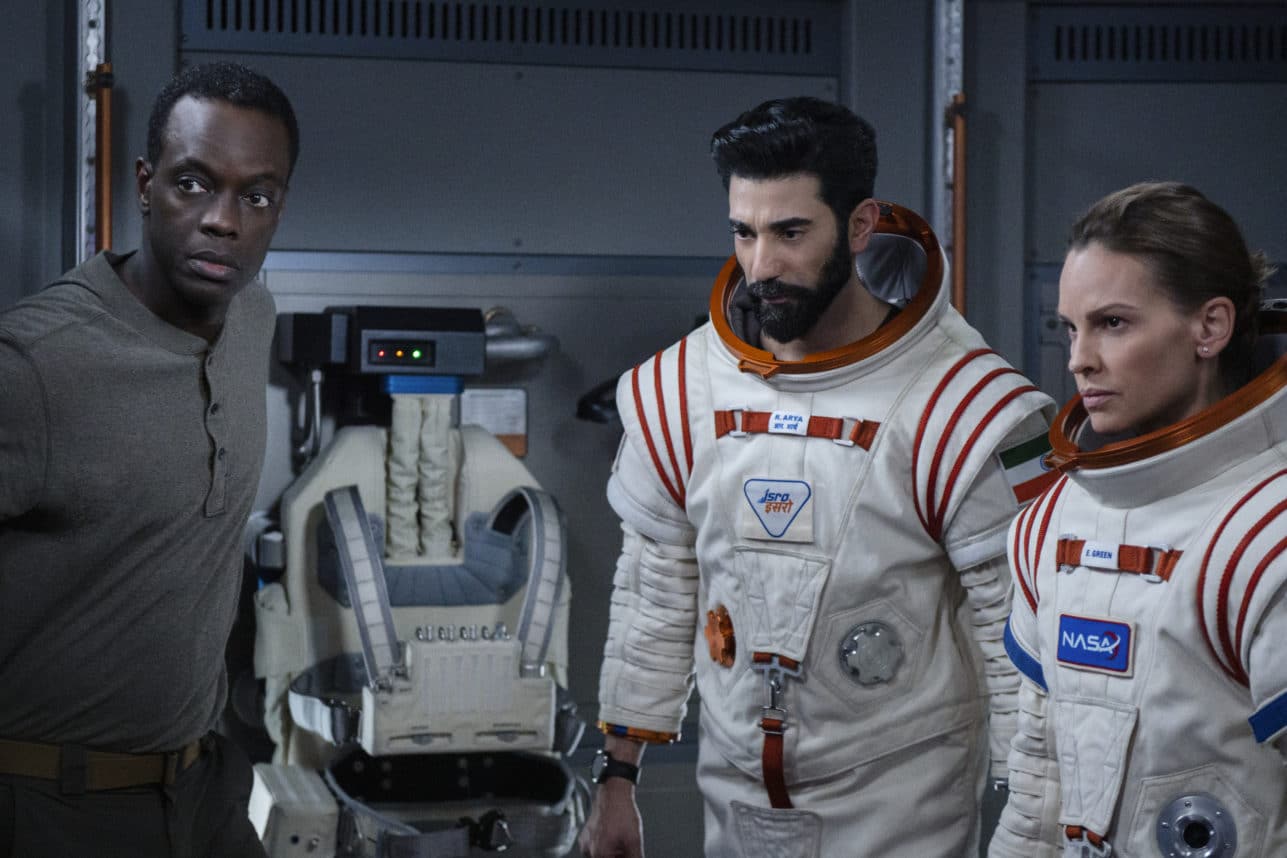
Photo by DIYAH PERA/NETFLIX © 2020
“I think now more than ever, in this moment, it’s the time to remember what we’re capable of and remember what happens when we believe in science and when the world works together and what we can achieve,” creator and executive producer Hinderaker added.
Unlike Swank, who had dreamed while growing up of becoming an astronaut, Goldberg has never desired to go into space. “But working on the show did make me understand that dream of exploration,” she said. “All the lessons that Mars can teach us became really powerful to me. What if nations could work together? What innovation would we be capable of? When we look down from space, the problems of Earth are forgotten; the lines that separate countries dissolve.”
Goldberg is hoping to explore those themes further in a second season. “We have to see if it captures anyone’s imagination, but we definitely have a plan,” she said. “It would follow many of the same characters.”
“Away” premieres Sept. 4 on Netflix.







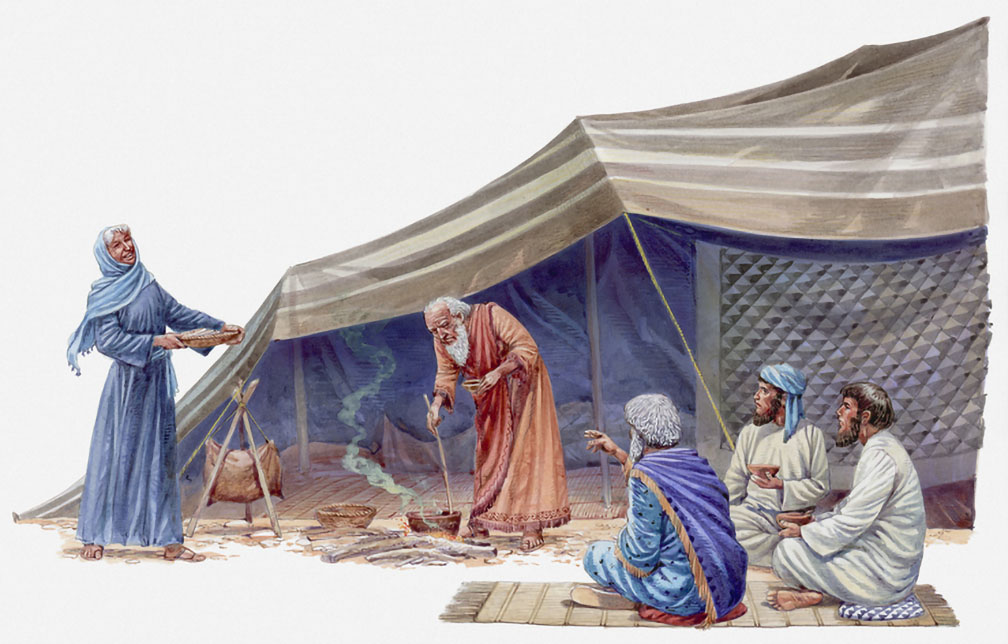

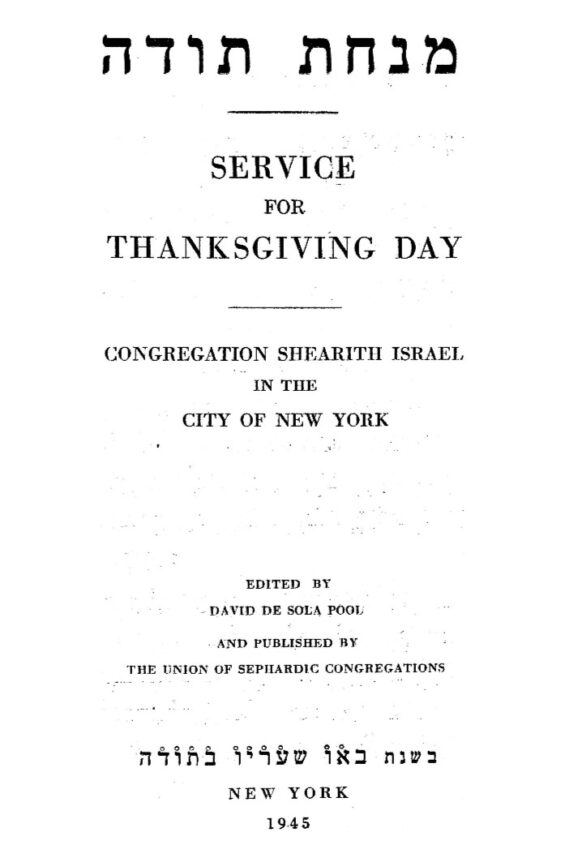


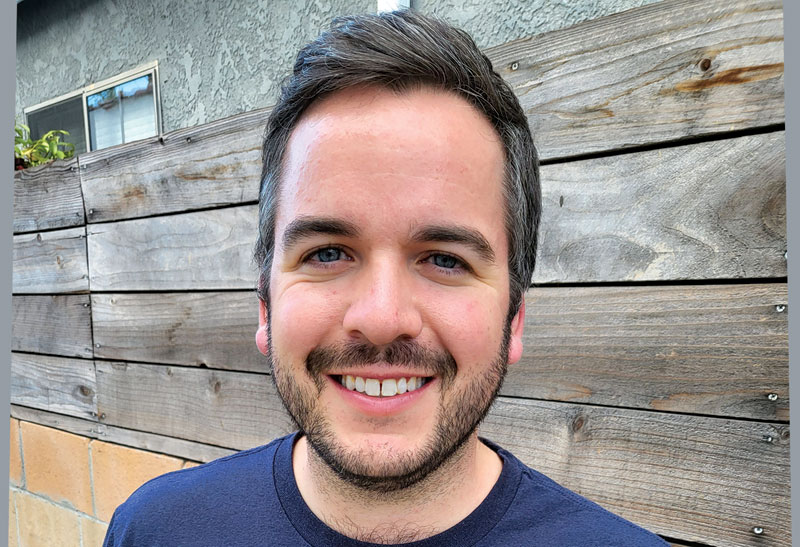
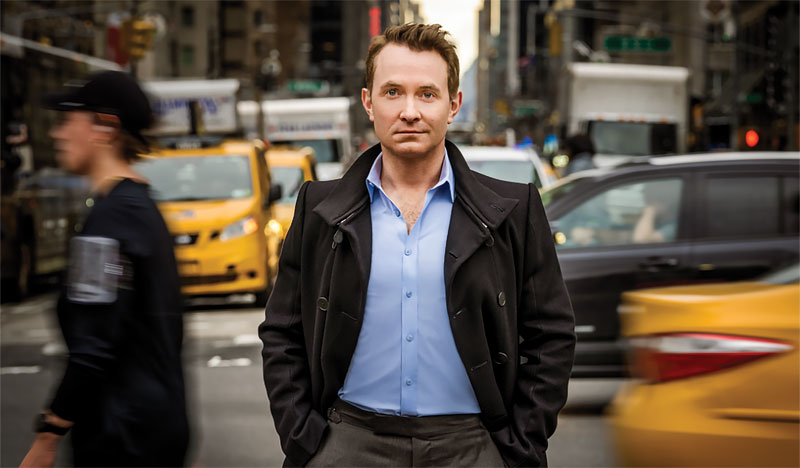


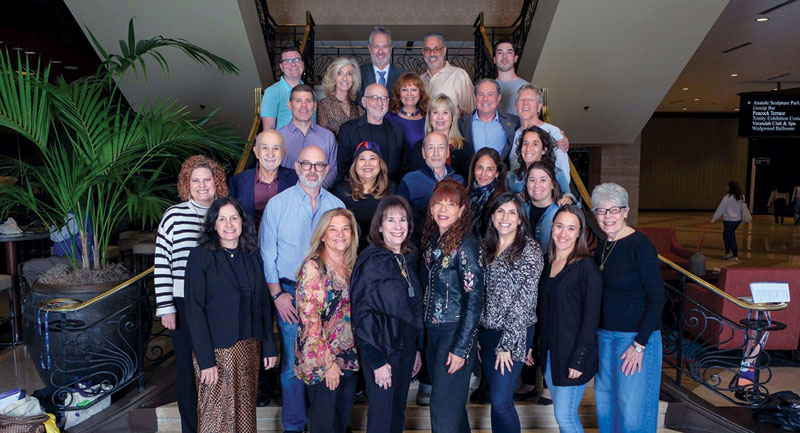





 More news and opinions than at a Shabbat dinner, right in your inbox.
More news and opinions than at a Shabbat dinner, right in your inbox.